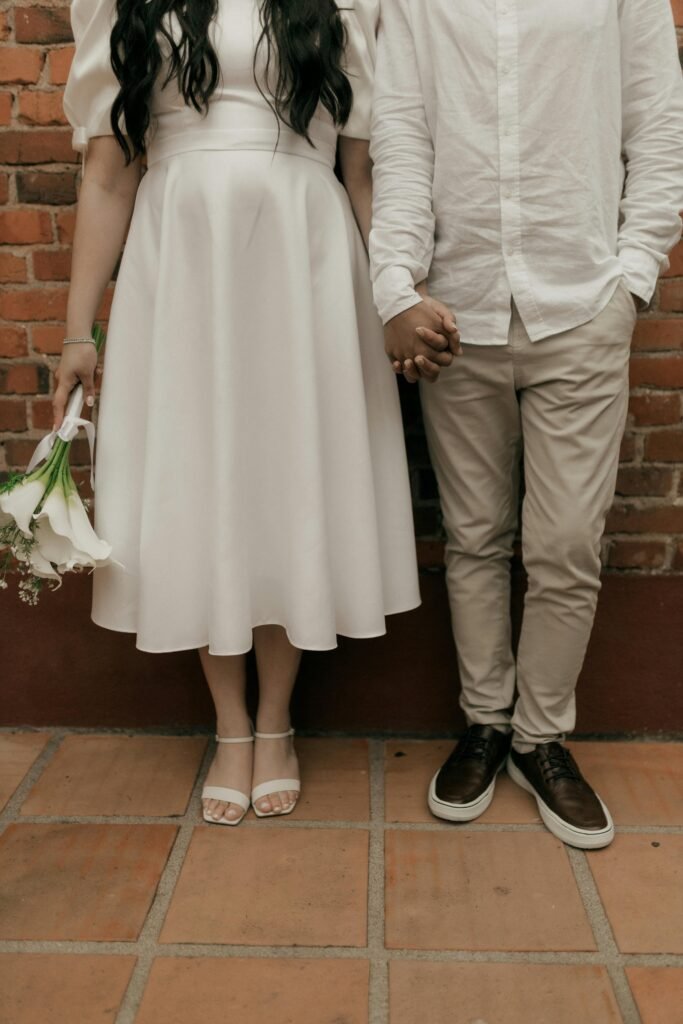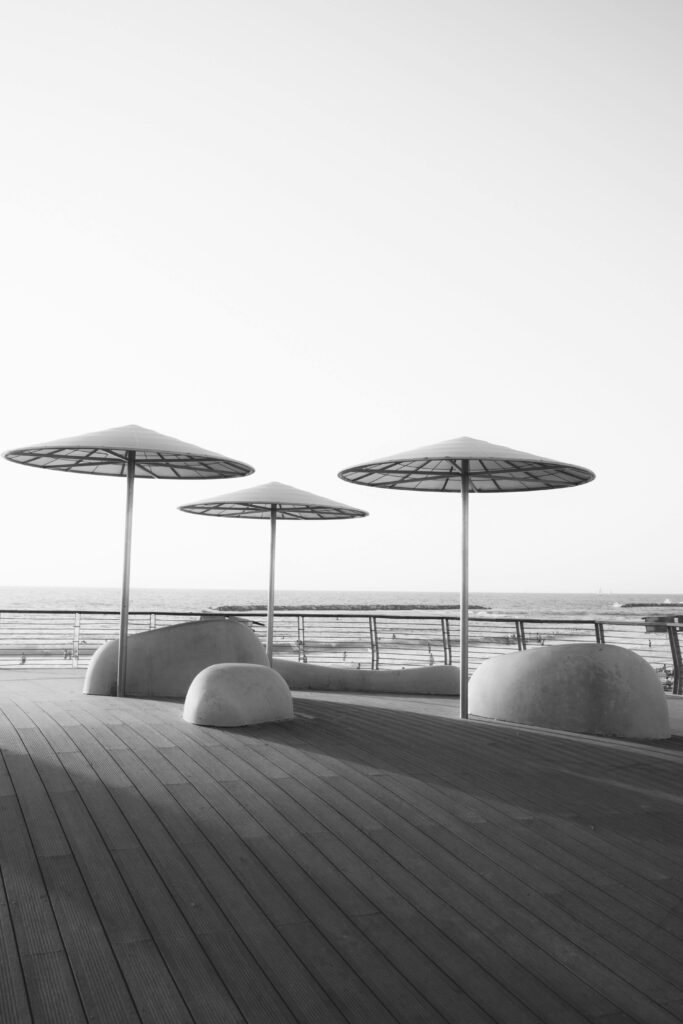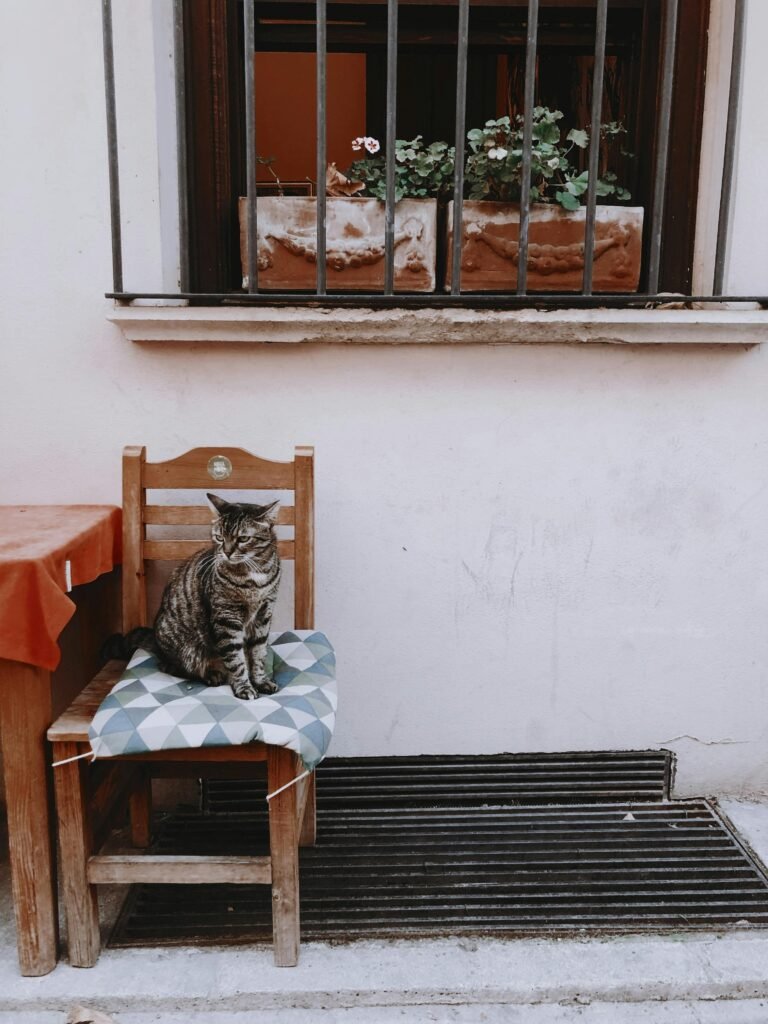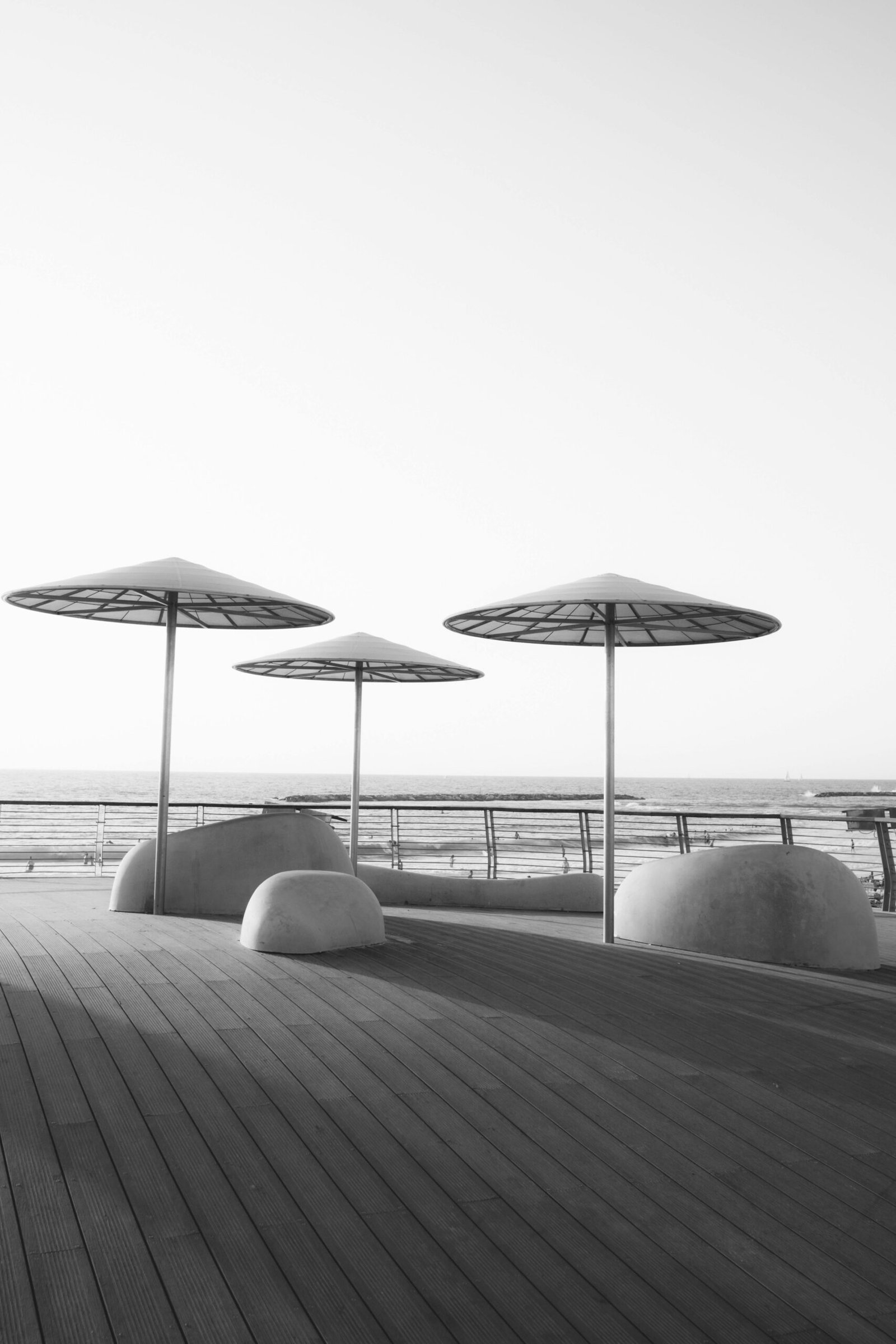Do you want your shelves to feel calm, intentional, and effortlessly stylish?

How Can I Style Shelves In A Minimalist Way?
Styling shelves in a minimalist way means you choose fewer things, arrange them thoughtfully, and let empty space be part of the design. You’ll focus on quality, balance, and function so every item on the shelf earns its place and contributes to a calm atmosphere.
What minimalist shelving actually means
Minimalism is less about starkness and more about intentional choices. In practice, that means you remove visual clutter, keep color and material palettes simple, and create clear focal points. When you style shelves minimalist-style, your shelves become a refined backdrop rather than a grab-bag of possessions.
Why minimalist shelves work for most spaces
Minimalist shelves help rooms feel larger, more serene, and easier to maintain. You’ll find it’s simpler to clean, reorganize, and refresh a curated shelf than one overloaded with mismatched items. The approach also helps you highlight pieces that matter—art, a treasured book, or a plant.
Core principles of minimalist shelf styling
Follow a few core principles and you’ll make decisions faster and with better results. These principles guide what you keep, where you place things, and how you use empty space.
- Less is intentional: Choose fewer objects that serve a purpose or bring joy.
- Balance visual weight: Combine heavy and light objects to avoid top- or bottom-heavy displays.
- Embrace negative space: Empty areas are part of the composition and prevent clutter.
- Keep a cohesive palette: Use a limited color and material range for calmness.
- Prioritize function: If a shelf is functional (storage or display), maintain usability while keeping aesthetics.
Planning your shelf layout
Before you bring anything to the shelf, take measurements and consider use. Measure shelf width, depth, and height so you know what sizes will fit comfortably. Think about whether shelves will store items you reach for daily or act purely as display.
Start by deciding the shelf’s role in the room—storage, display, or both. That choice affects how many closed containers you might need versus decorative items. Map out a simple sketch or take a photo and test different groupings on the floor first; this helps you visualize balance and scale without committing.
Measure for scale and spacing
Accurate measurements help you pick items that don’t look awkwardly cramped or lost. Measure shelf depth to see whether larger objects may protrude, and note vertical space so tall vases or stacked books won’t feel squeezed. Keep at least 2–4 inches (5–10 cm) of space above the tallest object for breathing room.
Decluttering: choose what truly belongs
Minimalist styling starts with a tidy base. Sort everything into categories—keep, store elsewhere, donate, or recycle. Aim to put a small, deliberate selection on open shelves and move functional items behind doors or into drawers when possible.
Ask yourself whether each object supports the shelf’s purpose or contributes to the room’s calm. If something is sentimental but visually chaotic, consider photographing it and storing the item out of sight or placing it in a closed storage box.
Choosing a color palette and materials
Your color and material choices set the tone. Neutral tones—white, beige, gray, black—or a simple monochrome scheme keep visual noise low. You can add one accent color for warmth or contrast, but keep accents consistent across shelves.
Materials should be tactile but not competing: ceramics, matte metals, wood, and glass harmonize well. Stick to 2–3 materials to avoid visual complexity and maintain a cohesive look.
Using texture without clutter
You can introduce texture (linen basket, stoneware vase, woven tray) to add warmth without breaking the minimalist rule of simplicity. Use texture sparingly and repeat similar textures across shelves to create rhythm.
Types of objects that fit minimalist shelves
Choose objects that have clean lines and clear visual purpose. Mix a few categories to keep interest without overdoing it.
- Books: Use books sparingly and stack or group by color or size.
- Plants: Small potted plants or a single sculptural plant add life.
- Ceramics and vases: Choose simple shapes and neutral glazes.
- Art and frames: Lean or hang one piece as an anchor; keep frames simple.
- Trinkets: Single sculptural pieces rather than many small items.
- Baskets and boxes: Use for hidden storage and to soften the look.
- Lighting: A small lamp or LED strip adds depth and warmth.
Arrangement rules that produce calm compositions
Apply a few simple composition rules to guide placement. These rules will make even simple arrangements feel intentional and balanced.
- Rule of thirds: Divide the shelf visually into three areas and place focal items at intersecting points.
- Odd numbers: Group objects in odd numbers (3, 5) to create interest without clutter.
- Anchors: Use a larger object (tall vase or stack of books) as a visual anchor and build around it.
- Repetition: Repeat a shape or color to create rhythm across shelves.
- Scale progression: Move from large to small objects to create flow.
How to group items effectively
Group 2–5 complementary items together to make a small vignette, then leave breathing room around that group. Mix heights and depths within a group—stacked books topped with a small object next to a medium vase works well. Avoid putting too many groups on one shelf; fewer curated vignettes read as calm.
Practical examples: shelf-by-shelf styling
Seeing concrete examples can help you translate principles to your own shelves. Below are practical suggestions for different rooms and shelf types.
Living room shelves
You likely want a mix of functional and decorative items here. Keep the display centered on a few favorite objects and let books become part of the styling rather than the entirety.
- Combine a stack of coffee table books with a ceramic bowl.
- Add a small plant for life and contrast.
- Place a framed print or a small sculptural object as an anchor.
- Use a woven basket on the lower shelf for throws or remotes.
Bedroom shelving
Bedroom shelves should feel restful and personal. Keep nighttime essentials accessible and limit visual stimuli to support calm.
- Place a small stack of books and a diffuser or candle.
- Use closed boxes for small items like chargers or jewelry.
- Consider a single photo or art piece to personalize without clutter.
- Keep colors soft and textures gentle.
Bathroom shelving
In bathrooms you’ll want function plus minimal styling. Prioritize storage for necessities and present only a few aesthetically pleasing items.
- Use uniform glass jars or labeled containers for cotton pads and q-tips.
- Add a small plant or simple soap dispenser for softness.
- Keep towels folded and stacked neatly on a lower shelf or in a basket.
Kitchen shelving
Open kitchen shelves benefit from consistent, practical items. Match containers and limit visible clutter.
- Use matching glass jars for staples (rice, pasta, grains).
- Display a few curated dishes or cutting boards vertically.
- Keep bulky or mismatched items in closed cabinets.
Office or study shelving
Office shelves should look orderly and support productivity. Combine functional storage with a few decorative accents.
- Store files in uniform boxes or magazine holders and label them.
- Keep a small selection of reference books grouped neatly.
- Add one decorative object or art piece to keep the space personable.

Step-by-step styling process
Follow these steps to style a shelf in a minimalist way without overthinking.
- Empty the shelf and clean it. Seeing the blank surface helps you plan.
- Identify one anchor for each shelf (tall vase, lamp, or a stack of books). Choose pieces that fit the shelf’s role.
- Place the anchor slightly off-center to avoid symmetry that feels cluttered.
- Add one secondary piece to balance the anchor (smaller object or a plant).
- Create a small group (2–5 items) and leave at least 20–30% of the shelf empty for negative space.
- Repeat elements (color or material) across neighboring shelves to create cohesion.
- Step back, adjust scale and spacing, and remove anything that feels redundant.
Using books in a minimalist way
Books often cause visual clutter but can look very calm when styled with intent. Limit the number of visible books and use stacking and color grouping as tools.
- Stack books horizontally in small piles and place a single object on top to anchor the stack.
- Group by spine color or by neutral dust jackets to maintain a cohesive look.
- Use uniform bookends and leave some books inside closed cabinets to reduce visual density.
Using plants without overpowering the simplicity
Plants add warmth but they can become visually busy if there are too many different varieties. Stick to 1–3 plants across a shelving unit and choose simple pots.
- Use plants with architectural shapes (snake plant, ZZ plant, small ficus) that read as sculptural.
- Choose pots in neutral colors and repeat similar pot materials to maintain cohesion.
- Keep plant sizes proportional to the shelf depth so leaves don’t hang awkwardly.
Neutral containers and hidden storage
One of the easiest ways to keep shelves minimal is to hide small or messy items in containers. Use uniform boxes, baskets, or lidded jars to keep things tidy.
- Label containers subtly for practicality.
- Stick to 1–2 container types so the look remains consistent.
- For open shelves, woven baskets add texture while concealing contents.
Lighting and shadows
Good lighting makes minimalist shelves feel intentional and high-end. Accent lighting enhances objects and creates depth through soft shadows.
- Use adjustable LED strips or small directional lights to highlight key objects.
- A small tabletop lamp on a shelf adds warmth and function for reading nooks.
- Avoid bright, harsh light that reveals every dust speck—aim for warm, diffused light.

Maintenance: how to keep the look long-term
Minimalist shelves require less frequent maintenance but you do need a simple routine. Dust regularly, edit every few months, and swap items when they lose meaning or begin to clutter.
- Dust once a week or every two weeks depending on your environment.
- Reassess the shelf every season to remove items you no longer love.
- Keep surfaces tidy by returning items to their place daily instead of letting them accumulate.
Common mistakes and how to avoid them
Even with good intentions, you can make a few predictable mistakes. Being aware of these helps you style efficiently.
- Mistake: Overfilling the shelf. Solution: Remove one-third of items and reassess.
- Mistake: Using too many colors or materials. Solution: Limit to 2–3 colors and 2 materials.
- Mistake: Ignoring scale. Solution: Use a ruler or tape measure to ensure balanced proportions.
- Mistake: Forgetting negative space. Solution: Intentionally leave empty areas and don’t feel compelled to fill every inch.
Table: Recommended object sizes and shelf spacing
This table gives practical spacing guidelines so you can choose items that fit and retain visual balance. Use these as starting points rather than hard rules.
| Item type | Recommended width (in) | Recommended height (in) | Recommended shelf depth (in) | Spacing guideline |
|---|---|---|---|---|
| Small decor (sculpture, small vase) | 3–6 | 3–10 | 6–8 | Leave 2–4 in around object |
| Medium object (lamp, medium vase) | 6–12 | 8–18 | 8–12 | Group with 1–2 items, 3–6 in spacing |
| Large object (stacked books, large vase) | 10–18 | 12–24 | 10–14 | Allow 4–8 in breathing room |
| Books (stacked) | 6–12 | Depends on stack | 8–12 | Keep stacks limited to 3–6 books |
| Plant (small pot) | 4–8 | 6–18 | 6–10 | Keep foliage within shelf depth |
Quick do’s and don’ts table
This short table helps you avoid common pitfalls and choose actions that keep the minimalist look.
| Do | Don’t |
|---|---|
| Do use repetition of color or material | Don’t mix too many patterns |
| Do leave negative space | Don’t fill every inch |
| Do choose quality pieces | Don’t include broken or mismatched items |
| Do use hidden storage for small items | Don’t let cords and chargers be visible |
| Do edit regularly | Don’t accumulate out-of-season clutter |
Styling tricks for small or odd-shaped shelves
Small or asymmetrical shelves can still look minimal and intentional with a few tricks. Use scale and repetition to make the most of the space.
- Work in groups: Place one small cluster per shelf rather than multiple tiny items.
- Use vertical elements: Tall, narrow vases or a single framed print can give height without clutter.
- Repeat elements across multiple shelves to create continuity.
- Convert a small shelf into a focused vignette with just one object, like a sculptural pot or single stack of books.
Where to source minimal pieces
Choose stores or makers that emphasize quality, simple design, and neutral palettes. Consider secondhand and sustainable options to reduce waste and find unique pieces.
- Online minimal brands and small makers: search for simple ceramics, neutral textiles, and clean-lined storage.
- Thrift stores and auctions: find unique, understated objects that tell a story.
- Local pottery studios: one-off pieces can feel curated without being flashy.
- Home improvement stores: for shelf brackets, lighting, and consistent materials.
Sustainability and ethical choices
Minimalism often aligns with sustainable choices because you buy less and value longevity. You’ll have a smaller environmental footprint by choosing durable pieces and buying secondhand.
- Prioritize natural materials and long-lasting finishes.
- Repair or recondition older items rather than replacing.
- Consider local artisans or small producers who use ethical practices.
Frequently asked questions
Q: How many items should I put on one shelf?
A: There’s no fixed number, but aim for 2–5 items per shelf. Use one anchor and one or two supporting pieces to avoid clutter.
Q: How do I keep shelves from looking too boring?
A: Use texture, an accent color, and varied heights to create interest while keeping the overall palette restrained.
Q: Should I match all shelves exactly?
A: Not necessarily. Consistency across shelves helps, but slight variation—like alternating a plant and a framed print—keeps things from feeling overly staged.
Q: Can I mix old and new items?
A: Yes. Mixing a vintage piece with a modern object adds personality while still feeling minimal if you keep colors and materials cohesive.
Final adjustments and how to edit down
After arranging, step back and critically assess the balance. If a shelf still feels busy, remove the smallest item first and check again. Often one or two removals make a big difference. Keep editing until each object seems like it belongs.
- Use the “single object test”: if you take one object away and the shelf looks better, it probably didn’t belong.
- Rotate objects between shelves to find the best balance.
- Keep a list or photo record of combinations you like for future reference.
Closing thoughts
Styling shelves in a minimalist way is about intentional choices, calm palettes, and thoughtful editing. You’ll create spaces that feel restful, practical, and distinctly yours by prioritizing quality over quantity and allowing empty space to contribute to the design. With simple rules, a little planning, and occasional maintenance, your shelves will stay beautiful and uncluttered.
If you want, you can share a photo or measurements of your shelves and I’ll suggest a specific layout and item list to fit your space.
